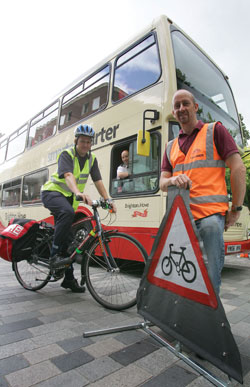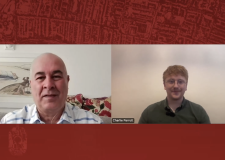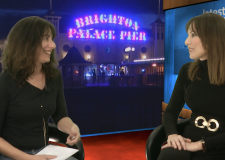Road awareness: Keith Baldock, road safety officer for Brighton & Hove City Council, on taking responsibility
Every day, around the world, 3,500 people leave home and never return because they have been suddenly, violently, killed in a road crash. I’m part of a team employed to minimise the tragedy caused by road crashes and passionately believe we all have a part to play; to be aware of others on the road.

In 2010 there were approximately 950 collisions reported to the police in the city. They resulted in just over 1,100 casualties. The Police, Fire and Rescue Service and Ambulance Service pick up the pieces.
What we do is driven by analysis of the collision data the police produce. The road network is monitored and evaluated to see how we can improve infrastructure. Working with partners – through the Sussex Safe Roads Partnership and locally – we develop ideas to address specific local trends and high risk groups.
We are focusing on pedestrians, cyclists, new drivers, motorbike/scooter riders and people driving for work. Surprisingly we’ve found many of the pedestrian and cyclist casualties are young, well-educated adults living centrally.
“Failing to look properly” is the main contributory factor in 40 per cent of crashes.
The next factor “failure to judge other person’s speed/path” also relates to observation.
Most crashes happen within five miles of home. Why is that? Until I did this job, I was often on autopilot and wouldn’t be able to remember my commute home. I saw what I expected to see and could easily miss what I wasn’t expecting. – especially in surroundings I knew well.
Sight and hearing are the senses we use most to make sense of the world around us. However, we’ve all seen people distracted by being on the phone, wearing headphones, or looking at the Sat Nav. So we’re not getting information from these crucial senses to fully ‘read’ the road.
How you are feeling can also affect reactions. Emotions can trigger adrenaline release. This is the fight or flight hormone which, simply put, takes blood from the organs (including the brain) and pumps it to the muscles. This has the effect of reducing the risk analysing bit of the brain, as well as partially closing down your peripheral vision. This makes you – and those around you – more vulnerable.
The majority of crashes are to do with human factors which are difficult to engineer out without a change in behaviour and attitude to the road. It is probably the most dangerous environment you’ll be in today.
So the message is, take responsibility for what you can do; if we all “share the roads, share the responsibility” we can minimise risk for all.




















